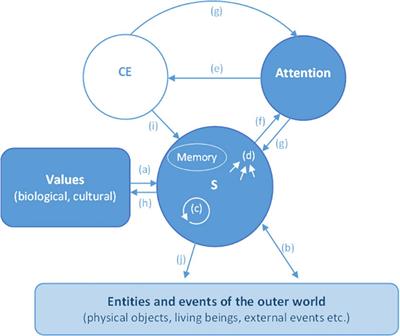The of the phenomenal aspect of consciousness: Its main functions and the mechanisms underpinning it
What distinguishes conscious information processing from other kinds of information processing is its phenomenal aspect (PAC), the-what-it-is-like for an agent to experience something.

The PAC supplies the agent with a sense of self, and informs the agent on how its self is affected by the agent’s own operations.
The PAC originates from the activity that attention performs to detect the state of what I define “the self” (S). S is centered and develops on a hierarchy of innate and acquired values, and is primarily expressed via the central and peripheral nervous systems; it maps the agent’s body and cognitive capacities, and its interactions with the environment.
The detection of the state of S by attention modulates the energy level of the organ of attention (OA), i.e., the neural substrate that underpins attention. This modulation generates the PAC.
The PAC can be qualified according to five dimensions: qualitative, quantitative, hedonic, temporal and spatial. Each dimension can be traced back to a specific feature of the modulation of the energy level of the OA.
Read the full article at the original website
References:
